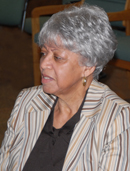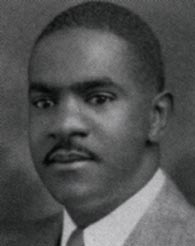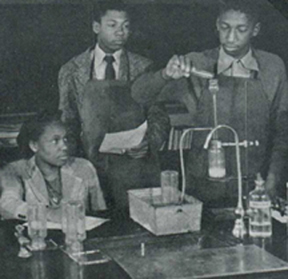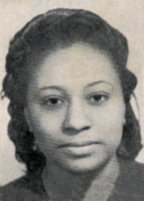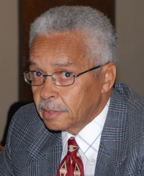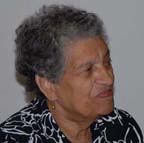

Curricular Experimentation: “The task of the Secondary School Study was to find means by which the curricular offerings of black high schools could be influenced by accepted educational practices that had enriched other school curricula but which were practically unknown in most black schools.” W. H. Brown & W. A. Robinson, Serving Negro Schools: A Report on the Secondary School Study (1946) |
||||||||||||||||||||||||||||||||
 |
||||||||||||||||||||||||||||||||
With assistance from Progressive Education Association staff, the participants in the Secondary School Study ultimately came to reconsider the basic purposes of secondary education and sought ways to discover the needs of black high school students in relation to their social setting in America and to explore the implications of establishing educational communities based upon democratic living. |
||||||||||||||||||||||||||||||||
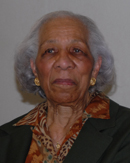 Mildred R. Wilson |
||||||||||||||||||||||||||||||||
“The curriculum at Huntington High School did not merely train students for a job. There was no split between a Booker T. Washington orientation and a liberal education. Instead, the faculty at Huntington High School were training students for life.” Mildred R. Wilson |
||||||||||||||||||||||||||||||||
 |
||||||||||||||||||||||||||||||||
|
||||||||||||||||||||||||||||||||
“A student faculty council was organized to foster better understanding between faculty and students and sought to put into practice the principles necessary for the development of a democratic society within the school.” |
||||||||||||||||||||||||||||||||
“Cooperation” became emblematic for the entire effort as faculty within the member schools were placed together in settings where they could begin to formulate purposes and plans for educational change. Furthering the Progressive Education Association’s belief in “democracy as a way of life,” cooperative-planning became a tangible practice that served to build community and foster democracy. Secondary School Study participants believed “that better education meant broader opportunities for intelligent participation in and responsibility for democratic living.” As John Dewey had asserted, “Democracy must be reborn with each generation, and education is its midwife.” Dudley High School administrators referred to their use of democracy and “cooperative practices” as defining components of their school philosophy. |
||||||||||||||||||||||||||||||||
“Huntington made plans for extending the functions of the Virginia core into the secondary year of the high schools.” W. H. Brown & W. A. Robinson, Serving Negro Schools: A Report on the Secondary School Study (1946) |
|
|||||||||||||||||||||||||||||||
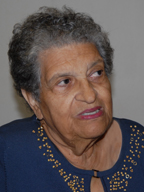 Lillian Lovett |
||||||||||||||||||||||||||||||||
“The academic program provided a very smooth blend between vocational and liberal arts courses. And the home room setting provided teachers with an opportunity to learn more about the students. This period allowed for discussions that integrated activities in the community with national events.” Lillian Lovett |
||||||||||||||||||||||||||||||||
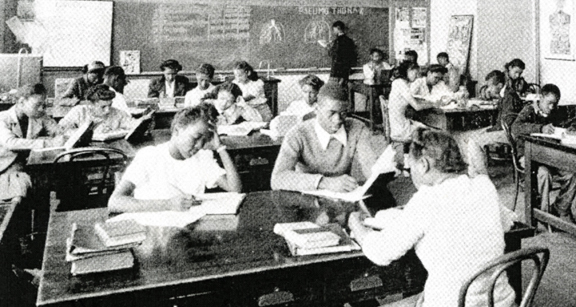 |
||||||||||||||||||||||||||||||||
|
||||||||||||||||||||||||||||||||
| William Brown, associate director of the Secondary School Study, described an experimental core group of teachers at Dudley High School who were engaged in curriculum development as a form of teacher cooperation “such as a science teacher working with an English teacher to improve the reading and writing in a given class, or conscious efforts on the part of several teachers in the school to explore with pupils the number concepts or number relationships in courses other than mathematics courses.” | ||||||||||||||||||||||||||||||||
Such curricular planning, discussed by Brown in the 1943 Journal of Negro Education, permeated the Study as an effort to correlate the traditional subjects into a core curriculum, i.e., to draw out connections among the individual subjects as they were taught in their respective classes. While the “project method,” a common progressive education instructional practice of the time, was employed in many classrooms, the curriculum still remained focused upon academic knowledge. This conception of core curriculum was discussed during oral history interviews in 2007. |
||||||||||||||||||||||||||||||||
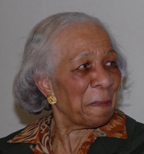 Mildred R. Wilson |
“There was much interaction among the staff. I was in regular contact with the English teachers, and we would work cooperatively with other teachers. We had a wonderful mentor system where we would talk and counsel each other about our instruction. We were a strong community of teachers.” |
|||||||||||||||||||||||||||||||
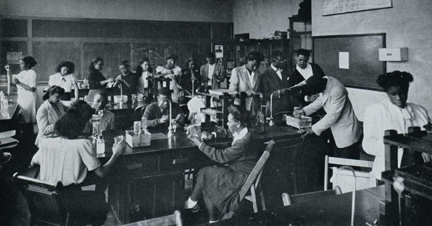 |
||||||||||||||||||||||||||||||||
From The 1940 Secondary School Study Catalog: Evaluation Programs for Pupil Growth |
||||||||||||||||||||||||||||||||
|
||||||||||||||||||||||||||||||||
“There were times when the teachers would close the doors and would talk to us as parents. They knew that some students were not being guided at home. But they asked questions; they did not tell us what to do.” Hattie Thomas Lucas |
||||||||||||||||||||||||||||||||
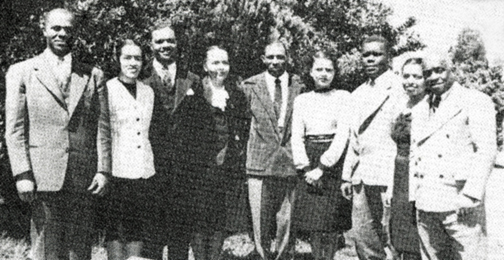 |
||||||||||||||||||||||||||||||||
|
||||||||||||||||||||||||||||||||
“The teachers at Huntington High School, in what was quite a diverse group, loved their jobs, loved the students, and loved the school. They were professional in their mannerisms, dress and presentations, and they always had time to meet individually with students. We challenged them for advanced studies and coursework, and they were willing to give the extra time in order to help us.” Freddie B. Allen |
||||||||||||||||||||||||||||||||
From The 1940 Secondary School Study Catalog: Evaluation Programs for Pupil Growth |
||||||||||||||||||||||||||||||||
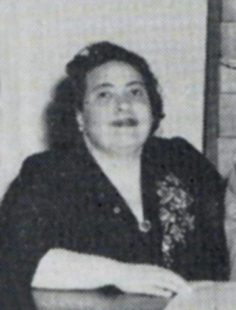 Lillian M. Weaver |
“Miss Lillian M. Weaver started the Pythagorean Club, an after-school program where students studied Pythagoras and mathematical proofs and theorems. She was so committed to the students, and she ensured that we would excel. When 19 of us entered Hampton University as freshmen, many tested out of the introductory math class thanks to Miss Weaver.” Bessie G. Phillips Owens |
|||||||||||||||||||||||||||||||
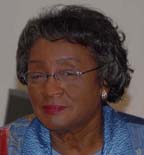 Bessie G. Phillips Owens |
||||||||||||||||||||||||||||||||
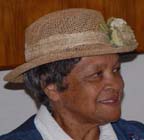 Alice Rainey |
“Before entering Miss Weaver’s class, I was fearful because of what some students said, But when I got to her room, I understood that she was committed. She demanded that we would learn. And we learned!” |
|||||||||||||||||||||||||||||||
|
“Some teachers would take it upon themselves to accept a counseling role with the students and to be sensitive to their needs and interests. The stern Miss Weaver, a beloved math teacher who many have talked about, would cry at a drop of the hat but she just looked stern. She would do anything for the students. There were so many such dedicated teachers at Huntington High School.” Lillian Lovett |
|||||||||||||||||||||||||||||||
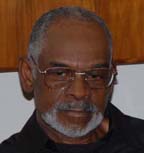 Cleveland Mayo |
At Huntington High School, we were being taught how to present ourselves in a world that was not always fair. The teachers were preparing us for the outside world - - how to be confident and how to survive.” Cleveland Mayo
|
|||||||||||||||||||||||||||||||

an institutional member of the International Coalition of Sites of Conscience
Museumofed@gmail.com

